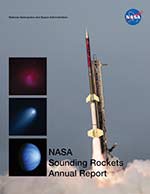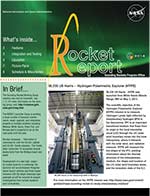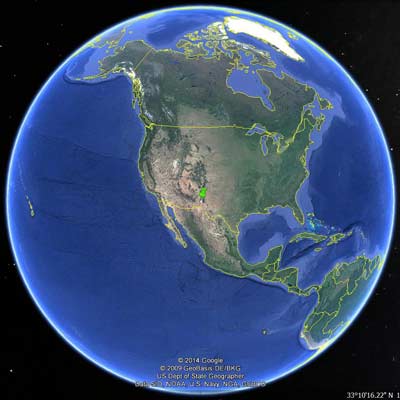
36.307 DS TUN/NAVAL RESEARCH LABORATORY
HElium Resonance Scatter in the Corona and HELiosphere (HERSCHEL) 2
- Mission
- Vehicle
- Launch
- Photos
This investigation is named after John Herschel, whose observation of Halley's Comet's tail led him to hypothesize the presence of a "repulsive force" known today as the solar wind. The HElium Resonance Scatter in the Corona and HELiosphere (HERSCHEL) program is a multi-year effort to design, fabricate, test, launch and analyze data from novel instrumentation on a suborbital rocket.
The scientific objectives of the HERSCHEL II mission were to: 1) Investigate the origin of the slow solar wind; 2) Investigate the variation of helium abundance in the coronal structures (a) departures from primordial composition (b) fractionation region for helium in the solar atmosphere; 3) Facilitate future investigation of Coronal Mass Ejections (CMEs), kinematics, and solar cycle evolution of the electron, proton, and helium corona.
For more on HERSCHEL, visit: https://www.nasa.gov/wallops/2022/feature/nasa-rocket-mission-to-study-the-origin-of-slow-solar-winds
The Principal Investigator is Dr. Tun /Naval Research Laboratory.
The Black Brant 9 is a two stage sounding rocket with a Terrier first stage and Black Brant second stage. The Black Brant 9 can reach altitudes of about 600 km. Payloads weighing from 400 to 1200 pounds can be flown.



